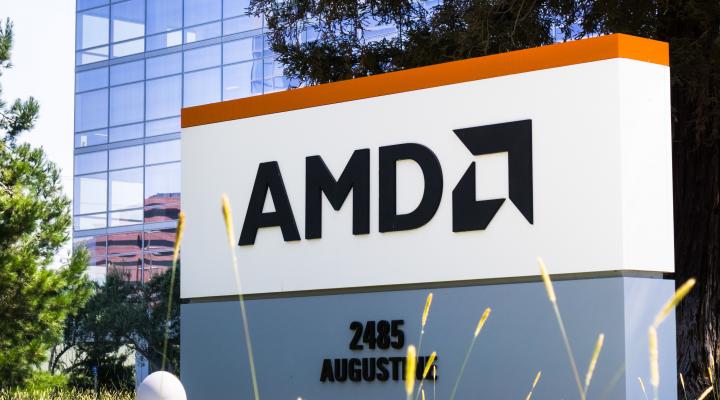Advanced Micro Devices

In the fast-paced world of technology, Advanced Micro Devices (AMD) stands out as a key player in the semiconductor industry. Known for its innovative processors and graphics cards, AMD has become a formidable competitor to industry giant Intel and has made significant strides in recent years. In this article, we will delve into the history, achievements, and future prospects of Advanced Micro Devices.
Table of Contents
ToggleHistory of Advanced Micro Devices
Founded in 1969 by Jerry Sanders and seven co-founders, AMD initially focused on producing semiconductor devices. The company’s early success came from manufacturing Intel-compatible microprocessors during the 1970s and 1980s. However, it was in the 2000s that AMD truly began to make its mark with the introduction of the Athlon processor series.
The Athlon processors challenged Intel’s dominance, offering competitive performance at a more affordable price. AMD’s success in the consumer market continued with the launch of the Opteron processor, which gained popularity in the server and workstation segments. The acquisition of ATI Technologies in 2006 marked AMD’s entry into the discrete graphics market, further diversifying its product portfolio.
Innovation and Technological Advancements
One of AMD’s defining moments came with the introduction of the Ryzen processor family in 2017. Built on the Zen microarchitecture, Ryzen processors brought a significant performance boost and competitive pricing to the desktop CPU market. The Ryzen series not only captured the attention of gamers and content creators but also gained traction in the mainstream consumer market.
Simultaneously, AMD made waves in the graphics card industry with the Radeon RX series. These GPUs provided a compelling alternative to Nvidia’s offerings, particularly in terms of price-to-performance ratio. The RDNA architecture, introduced with the Radeon RX 5700 series, showcased AMD’s commitment to advancing graphics technology.
AMD’s commitment to innovation extended beyond the consumer market. The EPYC server processors, based on the Zen architecture, offered a compelling alternative to Intel’s Xeon processors. EPYC processors found success in data centers, cloud computing, and enterprise environments, further solidifying AMD’s position as a key player in the server CPU market.
Challenges and Resilience
Despite its successes, AMD faced challenges, including financial difficulties and periods of market share decline. However, the company demonstrated resilience by adapting to changing market dynamics and focusing on strategic partnerships. Collaborations with major technology companies, such as Microsoft and Sony, led to AMD providing custom-designed processors for gaming consoles like the Xbox and PlayStation.
The acquisition of Xilinx in 2020 marked a significant move for AMD into the field of adaptive computing. Xilinx’s expertise in field-programmable gate arrays (FPGAs) complemented AMD’s existing capabilities, opening up new possibilities for hybrid computing solutions.
AMD’s Vision for the Future
The company continued to invest in research and development, aiming to push the boundaries of computing performance. The introduction of the Zen 4 architecture and RDNA 3 graphics architecture was anticipated to bring further advancements in CPU and GPU technology.
AMD’s focus on 3D V-Cache technology, which involves stacking additional cache layers directly on the processor, aimed to enhance gaming and content creation performance. Moreover, the ongoing collaboration with TSMC (Taiwan Semiconductor Manufacturing Company) for advanced semiconductor manufacturing processes underscored AMD’s commitment to staying at the forefront of technological innovation.
Conclusion
In the rapidly evolving landscape of technology, Advanced Micro Devices has emerged as a key player, challenging industry norms and pushing the boundaries of what is possible. From its early days as a semiconductor manufacturer to its current position as a leading provider of processors and graphics cards, AMD’s journey has been marked by innovation, resilience, and strategic partnerships.
As AMD continues to invest in cutting-edge technologies, such as the Zen architecture and RDNA graphics architecture, the company’s influence is likely to grow. Whether in the consumer market with Ryzen processors and Radeon GPUs or in the enterprise sector with EPYC server processors, AMD’s impact on the semiconductor industry is undeniable.
Looking ahead, AMD’s ability to navigate market challenges, capitalize on emerging opportunities, and deliver groundbreaking technologies will determine its trajectory in the years to come. As technology enthusiasts eagerly await the next wave of AMD products, the company remains a symbol of progress and competition, contributing to the ever-advancing world of computing.





